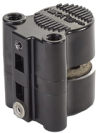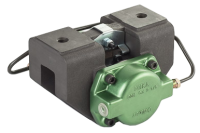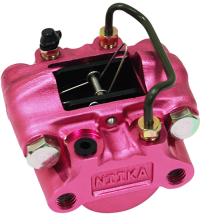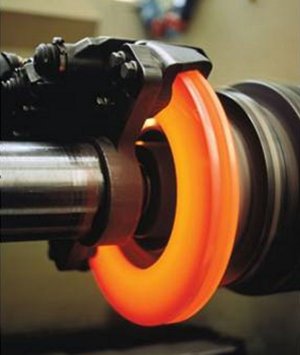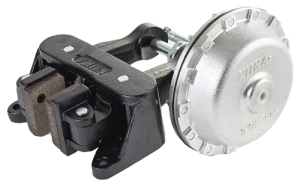Basic Information of using the Industrial Air Brakes
In industrial
applications, there is a need for braking due to different reasons.
Braking is the
process of controlling the speed of an object by preventing it from moving. An
object in motion has kinetic energy and this kinetic energy must be removed to
stop the object. Removal of kinetic energy can be accomplished by spreading
energy into the atmosphere through friction or by converting it into another
form of energy.
The most common
type of brake is a mechanical brake that prevents movement through friction
brake pads. A mechanical brake applies a frictional force to convert the
vehicle's kinetic energy into thermal energy which then dissipates into the
atmosphere.
As with any system, the braking process must follow the conservation of energy principle. Energy cannot be created or destroyed, it can only be transformed from one form to another, Using the compression force of the compressed air, braking with a holding force is a common and safe method.
Pincer type air
brakes called calipers are called air braking with spring opening positive type
and spring braking with air opening type as negative type braking.
We can list four
different braking methods according to the machine's construction, working
environment and the purpose of use of the brake.
• Static braking;
• Emergency
braking;
• Continuous
braking;
• Cyclic
(intermittent) braking.
Correct safety
coefficients should be selected in the selection of brakes, taking into account
the current legislation and regulations.
In the selection of
the brake, the coefficients determined for the facility, machine and safety are
important, these values are specified in the manufacturer's catalogs.
